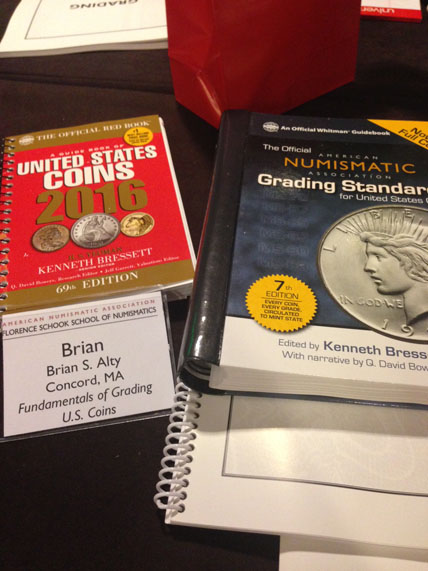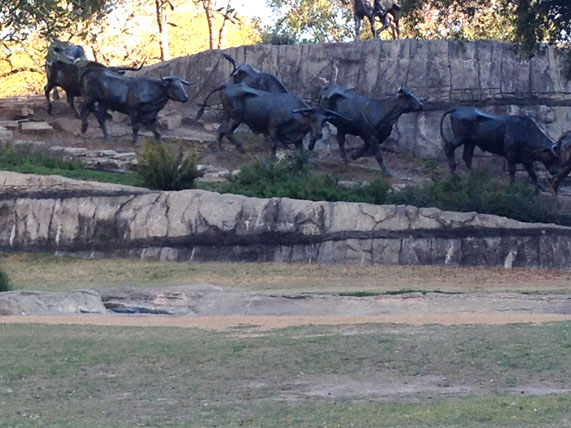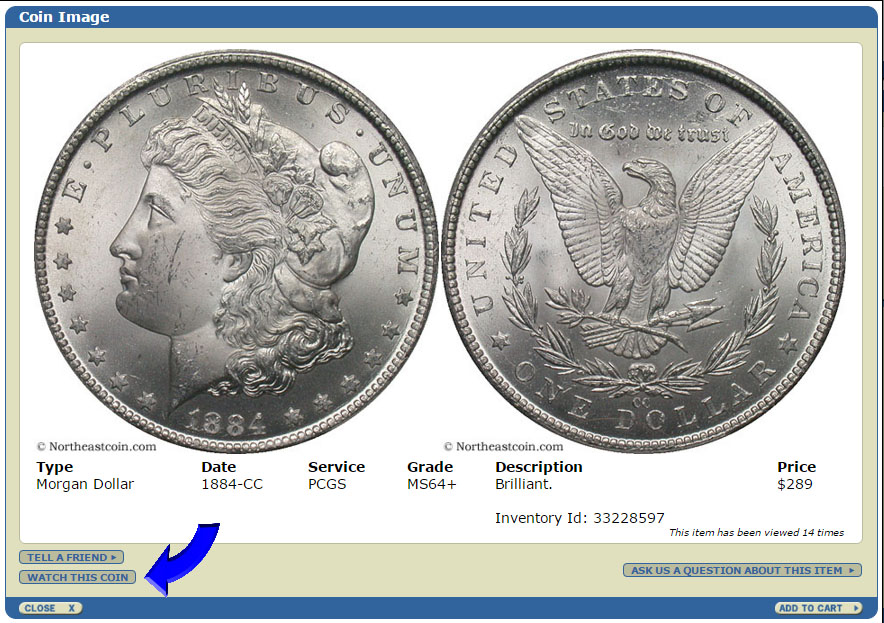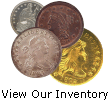The following was posted by Brian.
Hey y’all. The Kay Bailey Hutchison Convention Center in Dallas, Texas was the site of the 2016 ANA National Money Show last week and with over 500 dealers in attendance, it turned out to be quite a busy show for me.
With Chris and Tom manning our booth, it was my chance to hit the floor. Now, this being the first show that I have truly worked sales, I must admit it was interesting and eye-opening for me. I got the customary “come back later” responses when offering our coins to view, but to my surprise they all actually meant it! Almost every dealer was happy to look at our wares; some quickly, some slowly, but all were impressed with the quality and diversity of our inventory (I made several sales too!) It was great to finally meet so many dealers that I previously had only spoken with on the phone. It was also nice to branch out a little and do some business with dealers that Northeast has never done business with before. I’m told it may not have been the busiest of shows overall, but I made it a point to be busy anyway and it was worth it.
Not only did I attend the show, but prior to it I was fortunate enough to take in a two-day grading seminar taught by Rod Gillis and Sam Gelberd of the ANA. Finally, the mystery of coin grades and grading was much less of a mystery (see our February 25th blog post). You might think that two 8 hour days of coin grading would be tedious, but this was a fun class! We had laughs, we had some fierce competition between the teams, and great stories were shared by students and teachers alike.
And with that, I’ll end with a quote from my seminar that I really enjoyed: “We don’t really own these rare coins; we are merely their custodians for a little while.”
Here's some of the bounty I received from my grading class...

Here are some pictures I took of the impressive Dallas Cattle Drive Sculptures right by the convention center...


Racketeer Nickel
Because the first 1883 Liberty Head ‘V’ nickels did not contain the words ‘FIVE CENTS,’ and also because the coins are about the same diameter and look somewhat similar to the then-circulating $5 Liberty gold coin, some people took it upon themselves to gold-plate 1883 no-cents Liberty nickels and try to pass them off as $5 gold coins. Apparently, this was a somewhat pervasive problem at the time and the United States Mint soon added ‘FIVE CENTS’ to the reverse of the coin under the ‘V’ to ward off any further counterfeiting attempts.
There has been a story circulating for some time that a person named Josh Tatum was one of the most notorious of the Liberty nickel gold platers. It’s said he was a deaf mute who gold plated hundreds of 1883 nickels. He would go into a store to purchase items that were 5 cents or less and then pass off his gold-plated nickels to the cashier. Without saying a word, he would wait for the cashier to return his change and would usually get $4.95 in return. Eventually, he was tried in a court of law for fraud. However, the charges were dismissed because he never actually asked for change and nobody could testify against him!

The silver center cent is an American pattern coin, one of the precursors to the large cent and an early example of a bimetallic coin. Less than a dozen specimens are known to exist today, and they generally fetch substantial prices; an uncirculated silver center cent sold at auction for $414,000 in January 2002. That price was eclipsed by an example graded PCGS MS61 offered at auction in April 2012, with a price tag of more than $1 million. It is also listed at #40 in the 100 Greatest US Coins – Fourth Edition

Hi folks. We've just launched a new feature on our website that we think you will all appreciate. As you'll see from the first image below, there is now a WATCH THIS COIN button on the coin item screen. If you see a coin you really like but want to take some time to consider buying it, or if you want to tag it just to look at it from time to time, click that button. To access your Watch List, simply login to your account and click on the Watch List tab as shown in the second image below. If you have any questions or comments about this feature, shoot an email to info@northeastcoin.com.


The following was posted by Brian.
“Is it solid for the grade?” “Does this look more like a 64 to you?” “Do you think this could CAC?” These are just some of the many questions I get quite often from our customers. And as much as I have poured myself into learning about coins for the first year and a half I’ve been with Northeast Numismatics, I’ll be the first to admit that, well, I’m just not sure…yet. While I am quite comfortable and capable discussing the visual attributes of a coin with our customers (luster, toning, mirrors, eye appeal, etc.), I currently need to refer questions pertaining to technical grading to either Tom or Chris. Grading remains a mystery to me.
For the first year or so in this business, I have asked seasoned numismatists for their recommendation on books I can read to learn about grading. I really just wanted to know how to tell an AU58 from an MS62 from an MS64 and so on and so forth. There are indeed some good resources out there for grading. But looking at pictures of a coin in a grading book can only help so much. Some of the best advice I received from a dealer was this: “Look at as many coins as possible. Just keep looking and looking and looking.” This is not unlike a poker player needing to see about a million hands before getting any good at it. Aside from this sound wisdom, the overwhelming majority of numismatists kept telling me the same thing: “Get thee to a grading class.”
And so it shall be, for I am soon off to Grading School. I’m looking forward to not only one but two grading seminars this year. First I’m off to Dallas in early March for a two-day intensive grading seminar taught by Rod Gillis and Sam Gelberd from the ANA. I will then be attending a week-long session at the ANA Summer Seminar in Colorado Springs.
I’m extremely excited for this next chapter in my short numismatic life! But unlike the end of a great book, I’m looking for this grading mystery to end. I’ll be sure to fill you in on the next chapter soon.
Oh and I almost forgot…“Do you think this would CAC?” Well, some mysteries were never meant to be solved…




